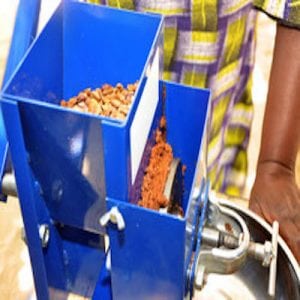
Agriculture
February 24, 2024
Multi-Crop Ewing Grinder
Read SolutionImplemented by
Compatible Technology International
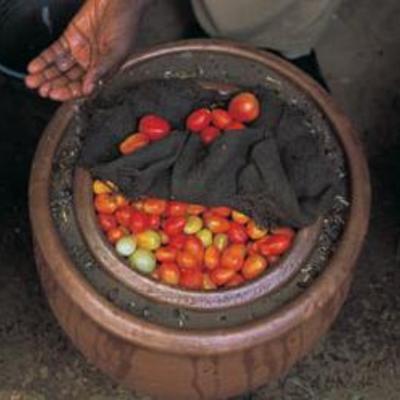
Updated on August 19, 2024
·Created on May 28, 2014
An open-source evaporative cooling storage container for households.
Zeer Pot is a simple fridge made of local materials consisting of one earthenware pot set inside another.
This product is an open-source technology, with full details for replication available online.
Target SDGs
SDG 2: Zero Hunger
Market Suggested Retail Price
$20.00
Market Suggested Retail Price (Secondary Currency)
2.00
Target Users (Target Impact Group)
Household, Community
Distributors / Implementing Organizations
Open-source technology, locally manufactured. Mobah Rural Horizons, Practical Action, and The Desert Fridge distributed by Humanity First.
Competitive Landscape
Direct competitors include Solar Powered Communal Refrigeration, Charcoal Cooler, and Evaporative Cooling Chambers.
Regions
Worldwide
Manufacturing/Building Method
Most groups providing Zeer Refrigeration depend on individual and local manufacturers. Mobah Rural Horizons reported producing on average 30,000 Zeer Pots as of 2005.
Intellectural Property Type
Open-source
User Provision Model
Mobah Rural Horizons is the main distributor. Implementation of evaporative cooling refrigeration has been demonstrated throughout Nigeria. Majority of production located in Kano, Jigawa, Borno, Yobe, Sokoto, Zamfara, Kebbi and Katsina States, all in the northern region of Nigeria.
Distributions to Date Status
Unknown, but a production capacity of 30,000/year is claimed
Storage capacity (L)
Ranging from 10-150 liters, depending on the pot design
Time to cool (hr)
Depends on the specific design and operating conditions
Cooling retention (hr)
Depends on the specific design and operating conditions
Temperature control
no
Minimum internal temperature (°C)
Approximately 10-15° cooler than ambient temperature
Materials of construction
Clay, river sand, and jute bag or cloth for cover
Protection from insect entry
yes
Refrigeration cycle catalyst
1.5 – 2.5 L of water/day
Design Specifications
The underlying principle behind the Zeer Pot is that as water evaporates it will remove heat from it's surroundings. To take advantage of the evaporative cooling effect, take two earthen pots of the same shape but different sizes, put one within the other, fill the space between the them with sand and pour water into the same cavity (or other substrate e.g. coconut fiber) to make the sand wet. The result is that when you place food items into the inner pot, cover with a lid or damp cloth you can keep the temperature up to 10-15 degrees cooler than the external environment. Store the pot-in-pot refrigerator in a dry, well-ventilated space; and let the laws of thermodynamics do the rest. As the moisture in the sand evaporates, it draws heat away from the inner pot, cooling its contents. The only maintenance required is the addition of more water, around twice a day.
Technical Support
Zeer pots designs are open-source. Technical support can be provided by the local manufacturer (ex. local artisan or potter).
Detailed information regarding construction and use can be found in MIT D-Lab's Evaporative Cooling Best Practices Guide.
Replacement Components
Zeer pots designs are open-source. If a pot is broken, local clay materials should be used to repair or replace the unit.
Lifecycle
Zeer pots last until contaminated or damaged at which point they can be used for cooking bowls or returned to soil and can be used to make new clay based products.
Manufacturer Specified Performance Parameters
If operated in hot and dry climates (greater than 25 °C and less than 40% humidity) they can be expected to provide a storage environment with humidity greater than 80% and temperature at least 8 °C lower than the maximum daily ambient temperature.
Some specific performance targets include:
• Minimum internal temperature of 15ºC
• Storage volume for 12kg of fruit and vegetables
• Consumes 1.5 - 2.5 L water/day
Vetted Performance Status
A report by MIT D-Lab and World Vegetation Center presents extensive testing comparing various evaporative cooling technologies, including the Zeer Pot. This study determined that evaporative cooling technologies could improve vegetable shelf life by providing a stable environment with low temperature and high humidity while also protecting food from insects. A report by Practical Action evaluated different materials and shapes for Zeer Pot designs. The report claims that the shelf life of vegetables can last up to five times longer when they are stored in a Zeer Pot.
Safety
The only risks associated with evaporative cooling is possible contamination and spoiling of foods; however, this is already a threat to vegetables and the Zeer Pot serves to reduce rate of decay and frequency of contamination. It must be understood though that use of evaporative cooling refrigerators may not be effective in all conditions and environments and this is especially important if it is used to store vaccines and other medicines. Users may require some education about maintenance and ideal storage for them to be effective.
Complementary Technical Systems
Technologies related to creating clean fuel sources for when firing the pots, sourcing clay and those that ensure that the community has a ready source of water for evaporative cooling (e.g. hand-powered well digging rig).
Academic Research and References
Verploegen, E., Sanogo, O., Chagomoka, T. (2018). Evaluation of Low-Cost Vegetable Cooling and Storage Technologies in Mali. Copyright © Massachusetts Institute of Technology (Accessed on 30 Oct 2018).
Odesola, I. F., Onyebuchi, O., A review of porous evaporative cooling for the preservation of fruits and vegetables. The Pacific Journal of Science and Technology. 2009 Nov, 10(2):935-941.
Basediya, A. I., Samuel, D. V. K., Veera, V., Evaporative cooling system for storage of fruits and vegetables – a review. Journal of Food Science and Technology. 2013 Jun, 50(3):429-442.
Anyanwu, E. E., Design and measured performance of a porous evaporative cooler for preservation of fruits and vegetables. Energy Conversion and Management. 2004 Aug, 45(13-14):2187-2195.
Compliance with regulations
Unknown
Other Information

Agriculture
February 24, 2024
Implemented by
Compatible Technology International
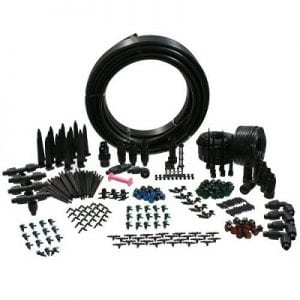
Agriculture
January 19, 2024
Implemented by
Godrej
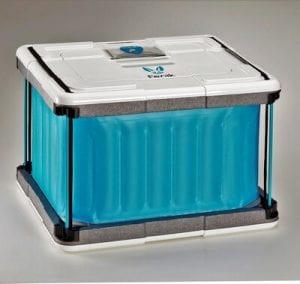
Agriculture
August 20, 2024
Implemented by
Evaptainers
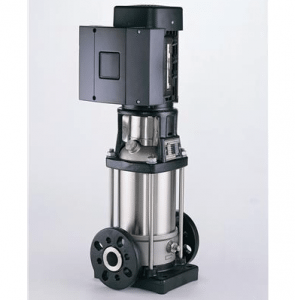
Agriculture
January 31, 2024
Implemented by
Grundfos
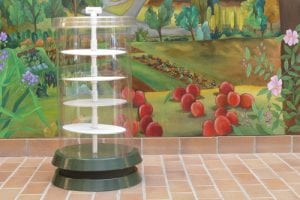
Agriculture
August 21, 2024
Implemented by
KinoSol
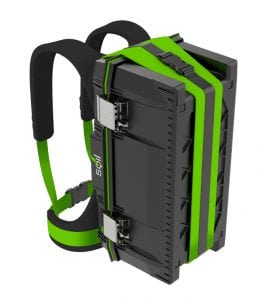
Agriculture
September 11, 2024
Implemented by
Earth Institute at Columbia University with Alliance for a Green Revolution in Africa (AGRA)
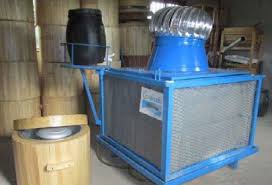
Agriculture
August 19, 2024
Implemented by
Smallholder fortunes and Thermogenn
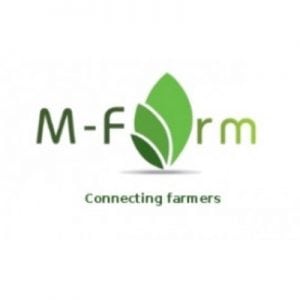
Agriculture
January 6, 2025
Implemented by
M-Farm
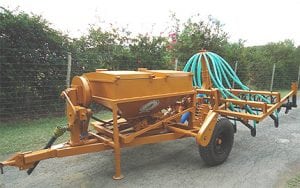
Agriculture
February 5, 2024
Implemented by
Ndume Kenya Limited
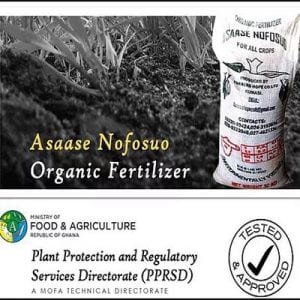
Agriculture
August 22, 2024
Implemented by
Farmers Hope
Have thoughts on how we can improve?
Give Us Feedback